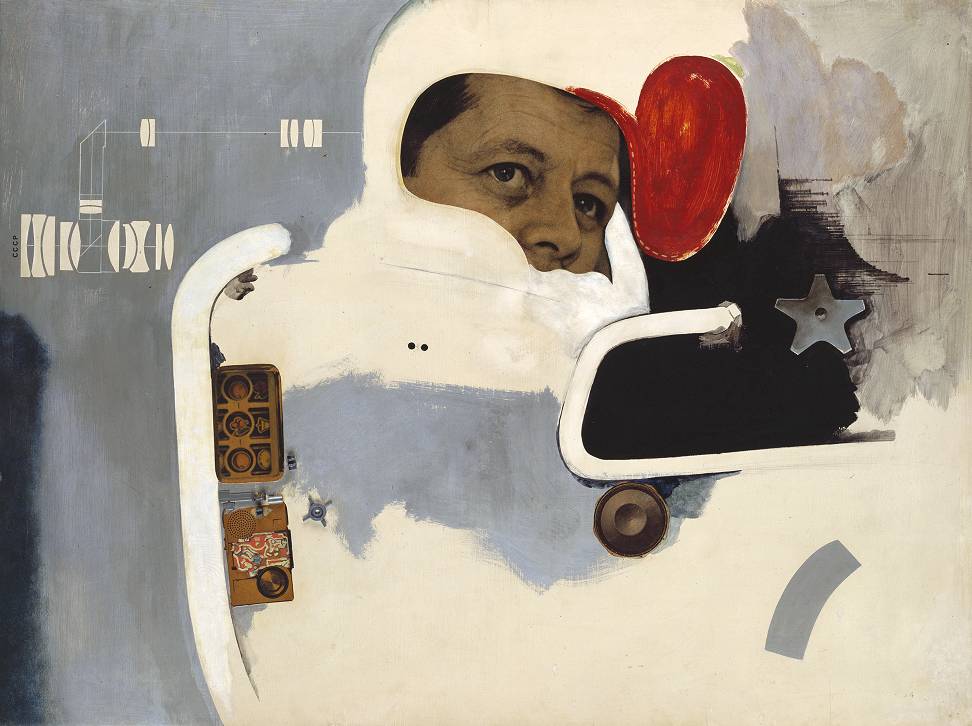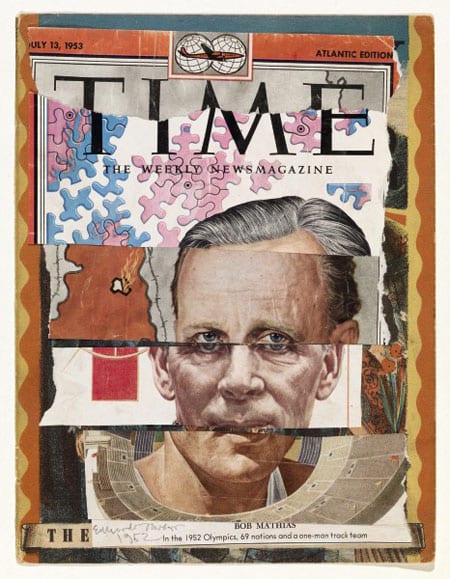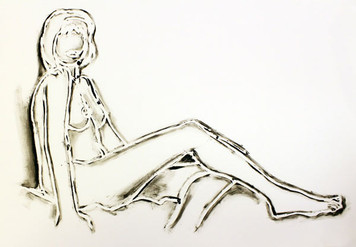First of all, to illustrate the notion of Myths and Heroes, it is important to comprehend the ideas of ‘myth’ and ‘hero’. On the one hand, a myth can be defined as a popular belief or story that has become associated with a person, institution, or occurrence, especially one considered to illustrate a cultural ideal. On the other hand, a hero is a man of distinguished courage or ability, admired for his brave deeds and noble qualities.
This notion can be linked to the Pop Art movement, which emerged in the late 50's and early 60's. It is one of the most liberating moments in the history of art. Breaking the rules of classic art, endorses the new culture of technology and consumerism by representing every manner of objects from visual and popular culture. Every object can become art, that is why this movement brings and end to the division between 'high' and 'low' culture. It includes different styles of painting and sculpture from various countries.
And now the question is… What is the relationship between these two concepts?
To answer this question, I have chosen a painting entitled ‘Las Meninas’ by the artists ‘Equipo Crónica’ in 1970. It is an acrylic on canvas that measures 200x200 cm and we can find it today in the museum ‘Fundación Juan March’ in Palma de Mallorca.
‘Equipo Crónica’ is a valencian duo composed by Rafael Solbes and Manuel Valdés. Their paintings interpret, analyse and de-codify Velázquez’s work. Also, it belongs to the topic ‘Art about art’ where Pop art artists wonder about the evolution of art.
These are the reasons that describe why Las Meninas of Equipo Crónica are connecting to the notion ‘Myths and Heroes’…
First of all, the painting in which Equipo Crónica are inspired from Las Meninas (Spanish for the Maids of Honor) by Diego Velazquez on 1656.
The Spanish painter Velázquez (1599-1660) became renowned for his realistic portraits as a member of King Philip IV’s court. Velazquez’s technique of painting was inspired by Baroque. Baroque is the period and the style that used exaggerated motion in order to produce drama and tension in sculpture, painting, literature, dance, and music. The painting is a portrait of Infanta Margarita, the daughter of King Philip IV, and his second wife Mariana of Austria.
To sum up, the painting's complex and enigmatic composition is an excellent example of how great works of art are made. That’s why we can argue that Velazquez because of his distinguished and personal techniques, is a kind of hero or a myth of painting, that made a unique and unrepeatable work.
An important aspect of Velazquez's work is the Droste effect. That are repeated by Equipo Crónica. The Droste effect (known as mise en abîme in French) is the reflect of a picture appearing within itself, in a place where a similar picture would realistically be expected to appear.
Las Meninas allows the spectator to freely interact with the painting’s various points of view and therefore offers an example of the Droste effect.
Firstly, on the left we see a self portrait of Velazquez painting. On the center of the painting, Infanta Margarita has dropped in to see Velazquez at work. She stops right next to him, at the center of the foreground of the painting, but she seems perplexed. Finally we see a portrait of the royal family reflected in a mirror on the background.
All things considered, we can say that this innovative technique of the Droste effect made by Velazquez it is a well known fact that confirmed the idea of Velázquez as a mythical painter.
Moreover, Las Meninas from Equipo Crónica is a representation of a mythical painting that reuses the droste effect by representing the same characters from Velazquez’s painting and adding some details that give a modern view to the painting. In this way we can see the self portrait on the background of the valencian artists with appearing as like a ball and a float... Definitely, we can link the painting to the Myths and Heroes notion because it is a representation of a mythical painting with very accurate techniques. However, we can also relate the painting with the other notion ‘the idea of progress’ because of the alteration of the traditional home with the appearance of new technologies like the TV set, lamps...
As a conclusion, I would say that Equipo Crónica reuses Velazquez’s techniques and characters from his painting Las Meninas. Yet, it seems to me that what they really do is to represent a photo of an ordinary modern family at home. They are seeing just before going to the beach.
Personally, I like the painting and I think it is innovative and humorous to give this new look to a mythical painting like the Velazquez’s one. Nevertheless, to put it differently I think this painting is transgressive because instead of localising the painting in the king’s home, Equipo Crónica depicted the family in the living room and instead of representing the shelves with books they choose to put there the TV set. So, it is maybe a denunciation of the culture in today’s society or a denunciation about how the royal family represents. They are supposed to be learned, educated that is why they guide the country but, they are just a family like whatever family at home. That’s why I am convinced that this painting would not appeal to everyone.
Besides, Las Meninas is a mythical painting from Spanish culture and more specifically from baroques techniques that’s why a lot of artists homage the painting with their versions of it.
Picasso’s recreation of Las Meninas (1957)
Picasso made a cubism version from the original painting of Velázquez.
Dali’s recreation of Las Meninas 1975
Dali made a surrealistic version and what is interesting from his painting is the exchanging of the characters for numbers.
Mingote’s version for Las Meninas made on 2003
Mingote was an spanish cartoonist that drew daily cartoons on the newspapers. This humoristic representation embodied his style without leaving the original Velazquez painting, though one of the main characters, the infant is flying over the retinue
.jpg)
.jpg)























